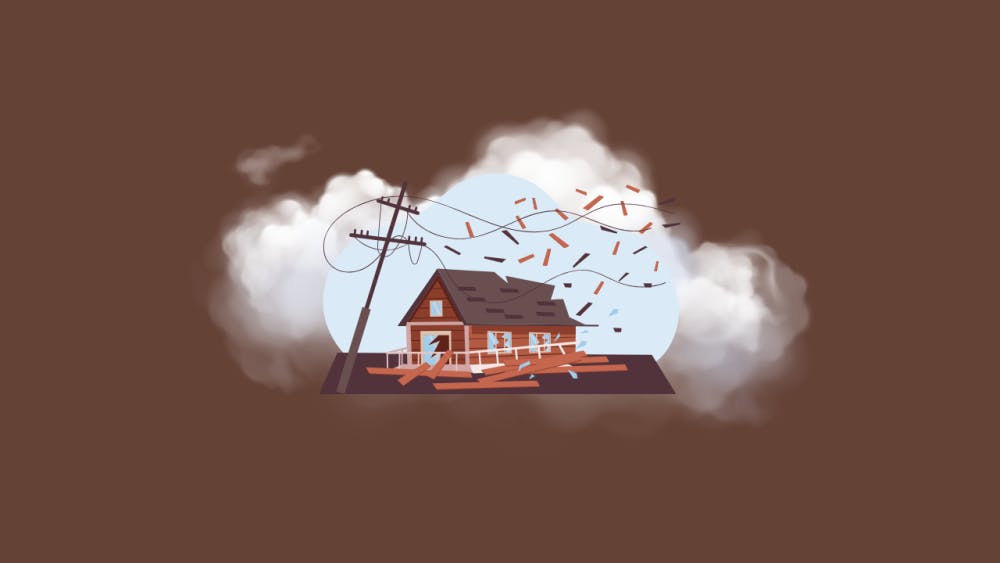230 Homes to be destroyed in Dayton | Graphic by Bethany Althauser | The Wright State Guardian
The Dayton community may notice streets become more vacant in the future, as the city gears up to demolish a large amount of vacant properties.
The Dayton Recovery Plan
On Oct. 23, the city of Dayton approved a plan to continue the second round of demolition on nuisance properties in the area.
The initiative is funded by the Dayton Recovery Plan, which, according to the plan’s website, is to create long-term transformational and sustainable impacts in targeted areas. This includes initiatives which aim to improve the city of Dayton, such as ridding of inconvenient or unused properties.
“Projects and proposals were developed using a data-driven approach analyzing socio-economic, health, and demographic data to make informed funding decisions,” the Dayton Recovery Plan’s website reads.
Funding of demolition and other plans for city-wide improvement are all carried out to fulfill the purpose of the American Rescue Plan Act, Dayton’s $138 million investment.

The investment was made with the mission of recovering the city from the damages of the COVID-19 pandemic, which has continued to have a lasting impact on the area.
The pandemic created issues for businesses, employment and the economy, just to name a few. As fewer residents could afford to live in the area, this had an impact on neighborhoods.
“Dayton’s neighborhoods have faced many challenges as a result of population decline and the foreclosure crisis,” the Dayton Recovery Plan states.
The plan for demolishment is directed at specific areas of Dayton, and with high amounts of vacant homes.
“The neighborhoods are Old North Dayton, Edgemont, Dayton View, Santa Clara, MacFarlane, Riverdale, Twin Towers, Five Oaks and Roosevelt,” an article from Dayton Government’s website said.
Demolishing vacant structures in these areas will help to improve the value of neighborhoods and further the plan’s mission of Dayton recovery.
Past investments
The Dayton Recovery plan has allocated the $138 million into many sections of the community, ensuring these areas get the resources and aid needed for sustainability.
Funds have been allocated to support Black and Brown businesses, help with economic recovery and enhance city services, to name a few.
According to the Dayton Recovery Plan’s website, $104,637,800 was allocated by the Dayton City Commission in December of 2021. So far, $40,287,995 has been approved by Dayton, and the city has spent $38,653,397.
The demolition of vacant properties was a mission driven by the plan’s focus on neighborhood improvement.
“It will be nice seeing improvements in areas of Dayton since so many homes in certain areas have been boarded up,” said Gabe Baldwin, Dayton resident.
Dayton’s neighborhood improvements are just one more step into a better future for the community of Dayton, as the Dayton Recovery Plan further works to improve the city.












